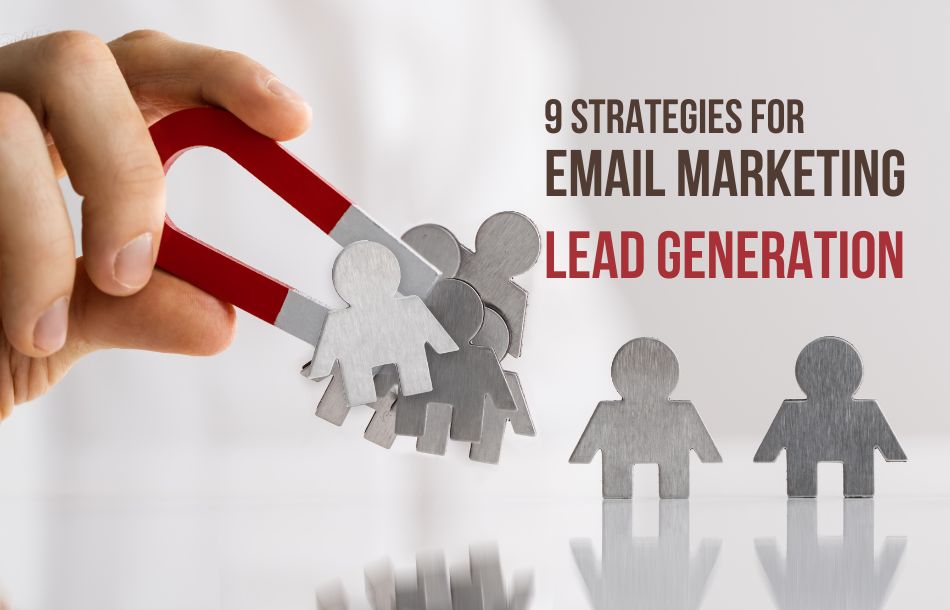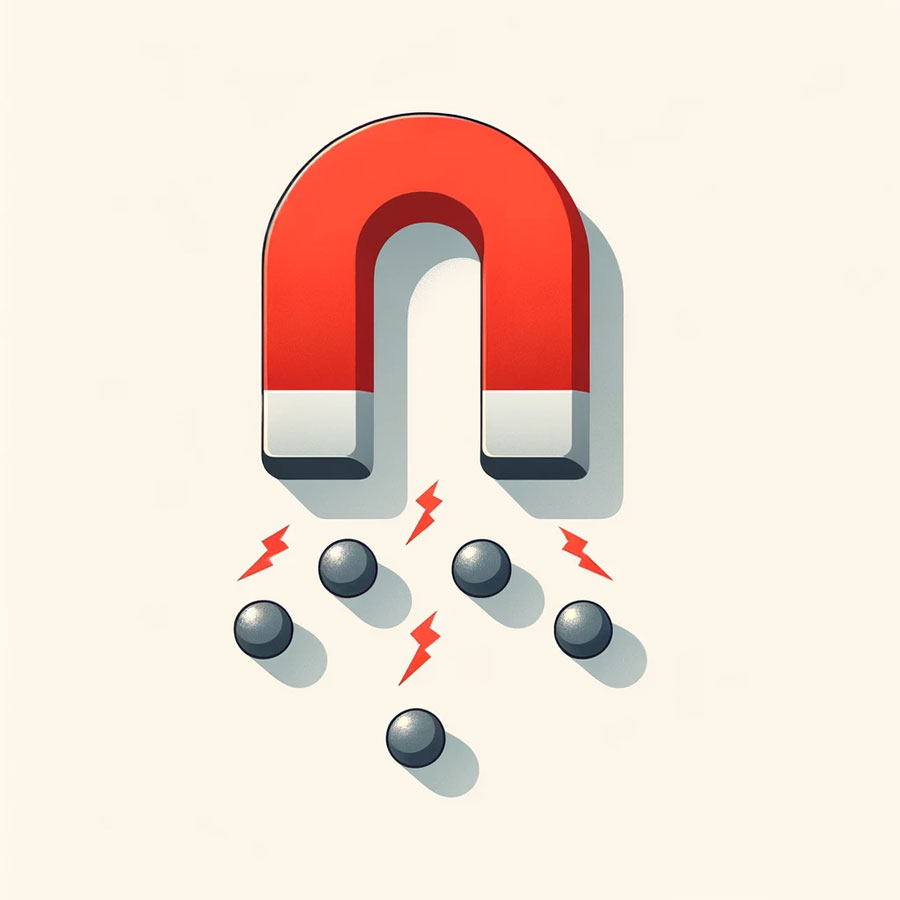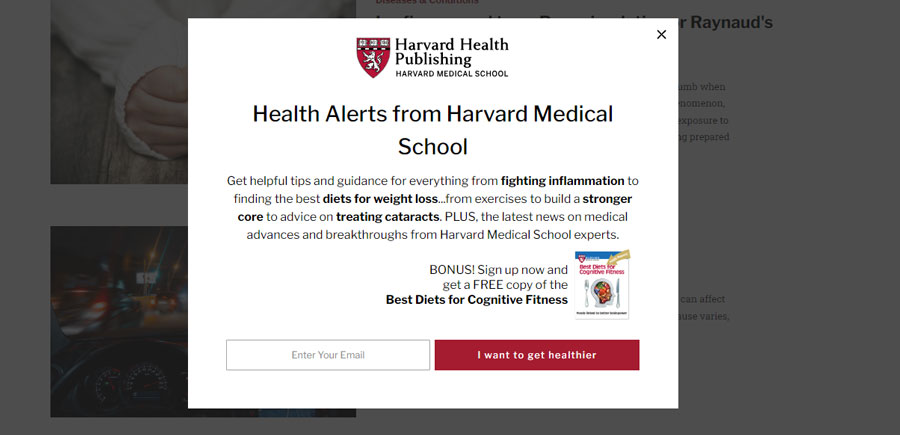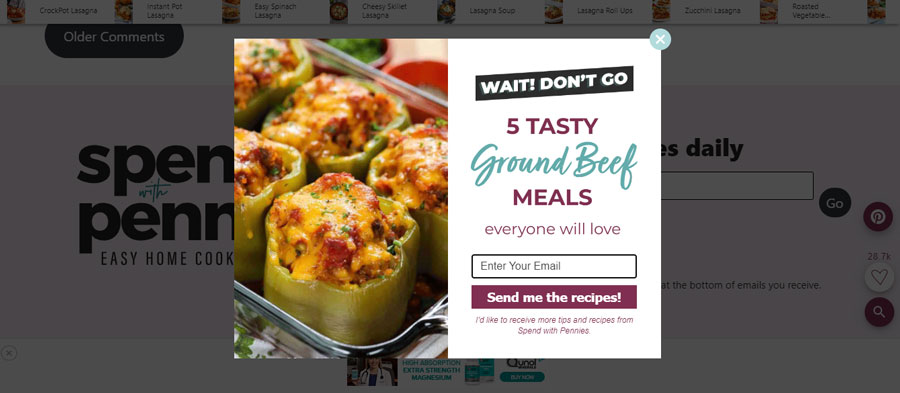Email marketing lead generation: 9 strategies to generate leads with emails

While social media is excellent for brand awareness, email marketing is more effective at directly converting and nurturing leads. Email marketing is often considered to generate higher-quality leads than other digital marketing strategies. This is partly because users who opt-in to receive emails show a higher level of interest and engagement with the brand or product.
Understanding the Synergy: Email Marketing & Lead Generation

What is an email lead?
In the context of digital marketing, an email lead is valuable because it represents a person who has already taken a proactive step towards your business or brand. This level of interest makes them more likely to respond positively to future communications, such as marketing emails, promotional offers, or informational content, compared to someone who has not expressed any prior interest.
Effectively managing and nurturing these leads through targeted email campaigns can lead to higher conversion rates, as the messages are directed towards individuals who have already shown some level of engagement or interest in what the business has to offer.
Why email marketing is more effective than other lead generation tools?
Email Marketing vs. Social Media: Email marketing often has a higher ROI compared to social media marketing. While social media is excellent for brand awareness and engagement, email marketing tends to be more effective for direct conversion and lead nurturing. The average click-through rate (CTR) for emails is significantly higher than that for social media posts.
Conversion Rates: Email marketing typically has higher conversion rates when compared to other online marketing strategies. For instance, while the average conversion rate for email marketing can be around 1-5%, it's generally lower for social media.
Lead Quality: Email marketing is often considered to generate higher quality leads than other digital marketing strategies. This is partly because users who opt-in to receive emails show a higher level of interest and engagement with the brand or product.
Cost-Effectiveness: Compared to paid advertising strategies like pay-per-click (PPC), email marketing is often more cost-effective, especially for small to medium-sized businesses. PPC can drive faster results in terms of traffic, but the cost per lead is usually higher than that of email marketing.
Content Marketing Integration: Email marketing can be effectively integrated with content marketing strategies. While content marketing helps in attracting and nurturing leads, email marketing can be used to distribute content directly to interested parties, enhancing the chances of conversion.
SEO and Email Marketing: While SEO is a powerful tool for attracting organic traffic, converting this traffic into leads can be more effectively managed through email marketing. Email allows for direct and personalized communication with potential leads nurtured through SEO efforts.
B2B vs. B2C Dynamics: In B2B marketing, email is often considered a more effective tool for lead generation compared to B2C, where social media and influencer marketing might play a bigger role.
Long-term Engagement: Email marketing is known for its ability to maintain long-term engagement with leads. Through regular newsletters and personalized follow-ups, businesses can keep their brand top-of-mind for potential customers, which is harder to achieve through other channels like display advertising.
9 Steps for lead generation with email marketing
1. Optimized Sign-Up Forms:
The form should be visually appealing, using contrasting colors and a persuasive Call-to-Action (CTA) button. Minimizing distractions on sign-up pages and offering incentives like free downloads, discounts, or exclusive content can also help. Overall, these elements help create a more engaging and effective sign-up process.
Email registration forms like this one on the Harvard Health website entice site visitors to join up by offering them a free book.

2. Offer Gated Content
A content upgrade is a type of lead magnet that is directly related to the content the visitor is currently engaging with. It's essentially a piece of bonus content that enhances or expands upon the original content. The main goal of a content upgrade is to offer additional value in exchange for the user's email address.
Key Features:
- Highly Relevant: The content upgrade is specifically designed to complement or add to the content that the reader is already interested in.
- Targeted Offer: Because it's closely related to the main content, a content upgrade tends to convert better than a general lead magnet, as it directly addresses the reader's current interests or needs.
- Examples: If a visitor is reading a blog post about healthy recipes, a content upgrade offer might be a downloadable PDF of “5 Exclusive Low-Calorie Recipes”.
Gated content refers to valuable content that is locked behind a form. In order to access this content, visitors must provide their contact information, such as their email address. Gated content is a popular strategy for generating leads as it filters out casual visitors and captures information from those who are genuinely interested in the offered content.
Key Features:
- Barrier to Access: Unlike regular content that's freely available, gated content requires some form of information exchange.
- Value Perception: The content behind the gate is perceived to be of high value, making it a fair trade for personal information.
- Examples: Common forms of gated content include whitepapers, in-depth guides, industry reports, webinars, and e-books.

Users find a dedicated landing page for each report, filling out a form with details like name, email address, company name, job role, and specific business needs. After submitting the form, users gain access to the report and may receive follow-up communications tailored to their interests or industry. This example demonstrates how gated content not only serves as a tool for lead generation but also establishes businesses' authority and expertise.
3. Leveraging Your Homepage for Email Lead Capture
a. Utilize Newsletter Sign-Up in the Footer
Spina Pennies, a food website, features a section in the footer where visitors can subscribe to the newsletter and input an email address to receive new recipes.

b. Pop-Up Forms

c. Header Opt-In Forms:
d. Sidebar Sign-Up Widgets
e. Incentivized Sign-Ups
4. Presenting Webinars
The appeal of webinars lies in their ability to attract an audience that is genuinely interested in the topic at hand. Participants typically need to register using their email, allocate time, and commit to attending a one-hour session. This level of dedication suggests a lead that is highly committed and invested.
In addition, webinars provide an excellent chance to turn these leads into customers. An experienced presenter can utilize this platform to create a sense of authority and foster a sense of confidence among the audience. Building trust is essential, as participants are more likely to make purchases from someone they perceive as knowledgeable and dependable.
The interactive nature of webinars is crucial. Presenters who are approachable, willingly share their knowledge, and actively interact with attendees through Q&A sessions cultivate a deeper connection.
For maximizing the potential of webinars in generating email leads, a helpful approach is to create a follow-up email sequence after the webinar concludes. Several advanced webinar tools offer features for email follow-up and segmentation. Adding the following elements to your post-webinar emails can greatly increase conversion rates:
Provide a recording of the webinar so that both attendees and those who were unable to attend can easily watch it whenever they want.
Make webinar materials easily accessible and include a brief summary of the main points discussed.
Include a clear and persuasive call-to-action that directs recipients to take the next steps, such as signing up for more information, accessing additional resources, or making a purchase.
For example, a company that focuses on digital marketing could hold a webinar on the most recent SEO trends. After the webinar, they could send an email containing a link to the recording, a PDF of the presentation, and an enticing offer for a complimentary consultation or a discounted rate on their SEO services. This approach not only fosters a positive relationship with potential customers but also establishes the company as a trusted expert in their industry, which boosts the chances of converting leads into customers.
5. Implement Lead Scoring in Generating Email Marketing Leads

To implement lead scoring, you first need to define the criteria that indicate a lead's interest or sales-readiness. These criteria can include actions like email opens, clicks, website visits, content downloads, and form submissions. Each action is assigned a score based on its significance in indicating buying intent. For example, downloading a pricing guide might score higher than just opening an email. The next step is to set up a scoring system within your email marketing or CRM software.
This system automatically assigns scores to each lead based on their interactions with your emails and website. As leads accumulate points, they are categorized into different levels, such as cold, warm, or hot leads. Regularly review and adjust the scoring criteria to ensure they align with your sales cycle and customer behaviors. The scores help in segmenting your email list, so you can tailor your communications.
For instance, you might send more aggressive sales pitches to high-scoring leads, while nurturing lower-scoring leads with educational content. Example: Imagine a software company that uses lead scoring for its email marketing campaigns. A lead who signs up for a free trial might be given 10 points, while one who only clicks on a product update email might receive 2 points.
Once a lead reaches, say, 50 points, they are considered a hot lead. The company then sends these hot leads personalized emails offering a one-on-one demo or exclusive discounts, thereby accelerating the conversion process. This targeted approach ensures that the company's sales team focuses their energy on leads that are most ready to buy, improving overall efficiency and conversion rates.
6. Segmentation and Personalization
7. Crafting Effective CTAs for Lead Generation
A clear and concise CTA should be used to create a sense of urgency and prompting quicker action. It should resonate with the recipient's interests or needs, offering something valuable, such as informational content or exclusive services. The CTA should be visually distinct, using bold colors, distinctive text, or prominent placement. It should also align with the content of the email, such as relating directly to a specific product, such as prompting the reader to learn more or make a purchase.
For Resource Downloads: "Grab Your Free E-book Now!" or "Download the Ultimate Guide Today!" These CTAs work well when offering free resources like e-books or guides, enticing the reader with immediate access to valuable information.
For Webinar Sign-Ups: "Reserve Your Spot Now!" or "Join Our Expert Webinar!" Use these CTAs for promoting webinars, emphasizing the opportunity to gain knowledge or insights from industry experts.
For Special Offers: "Claim Your Exclusive Discount!" or "Get 20% Off Today Only!" These CTAs create a sense of exclusivity and urgency, ideal for promotional offers or sales.
For More Information: "Learn More About Our Services" or "Discover How We Can Help You". Such CTAs are effective for more informational or exploratory actions, where the recipient is invited to deepen their understanding of a product or service.
For Feedback or Surveys: "Tell Us What You Think!" or "Take Our Quick Survey". These encourage recipients to engage by providing their opinions or feedback, which can be invaluable for market research.
8. Automated Email Campaigns
Email automation is a fantastic way to streamline your email marketing efforts. By setting up triggers and schedules, you can effortlessly send out emails without lifting a finger.
It's like having your own personal assistant managing your email campaigns for you. Unlike traditional email marketing, where a generic message is sent to a large group of people, email automation allows for personalized and timely emails to be sent to specific individuals or targeted segments of your audience.
9. Use Analytics and Feedback

Beyond quantitative analytics, qualitative feedback from your email recipients offers a deeper understanding of their preferences and needs. This can be gathered through direct channels like surveys embedded in emails or indirect methods such as analyzing the types of links clicked or content downloaded. Feedback is a goldmine for tailoring your content and offers, allowing for more personalized and effective email communications. It's not just about sending emails; it's about establishing a dialogue. When subscribers feel heard and see that their feedback is impacting your offerings or content, it fosters a stronger relationship and loyalty, which is essential for long-term lead nurturing and conversion.
Furthermore, integrating analytics and feedback into a continuous loop of improvement is key to evolving your email marketing strategies. It's about being agile - quickly adapting and responding to what the data and feedback are telling you. For instance, if analytics show a low open rate on your emails, testing different subject lines might be necessary. If feedback indicates a desire for more in-depth content, adjusting your content strategy could be beneficial. This ongoing process of analysis, adaptation, and enhancement not only improves the effectiveness of your email campaigns but also keeps your strategies fresh and relevant in an ever-changing digital environment. By leveraging both analytics and feedback, businesses can create more targeted, engaging, and successful email marketing campaigns that resonate with their audience and drive lead generation.

